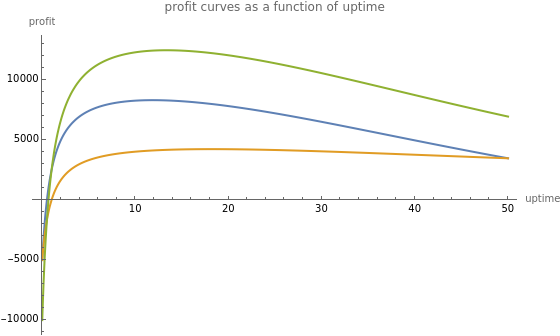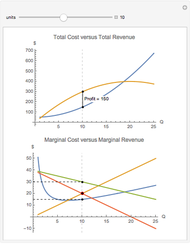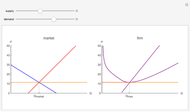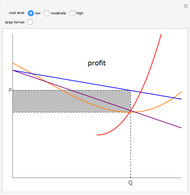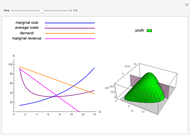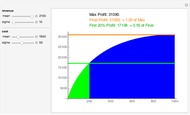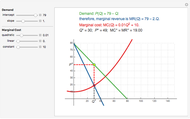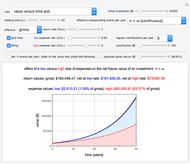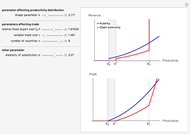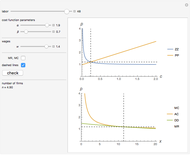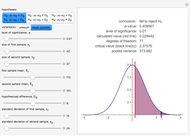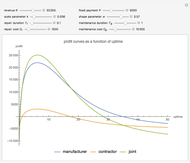Manufacturer, Maintenance Contractor and Joint Profits

Requires a Wolfram Notebook System
Interact on desktop, mobile and cloud with the free Wolfram Player or other Wolfram Language products.
A manufacturer earns some revenue as long as the production line is up and running. However, the system is prone to failures, and a contractor is hired to take care of maintenance activities. We assume that the production system has a failure rate that follows the Weibull distribution and that the contractor can minimally repair breakdowns/failures (during the repairs, the failure rate stops increasing). The system also needs preventive maintenance (PM) from time to time to reset the failure rate to zero. The contractor pays for all the maintenance and repair costs, and the manufacturer pays the contractor a certain fixed payment per unit time. The contractor is also responsible for deciding the PM schedule: the contractor would let the system run normally, only doing repairs as needed, until a cumulative uptime of  has passed since the last PM.
has passed since the last PM.
Contributed by: Hakan Tarakci (December 2016)
Open content licensed under CC BY-NC-SA
Snapshots
Details
The models described in this Demonstration are based on [1, 2].
References
[1] H. Tarakci, K. Tang, H. Moskowitz and R. Plante, "Incentive Maintenance Outsourcing Contracts for Channel Coordination and Improvement," IIE Transactions, 38(8), 2007, pp. 671–684. doi:10.1080/07408170600692259.
[2] H. Tarakci, S. Ponnaiyan and S. Kulkarni, "Maintenance-Outsourcing Contracts for a System with Backup Machines," International Journal of Production Research, 52(11), 2014 pp. 3259–3272. doi:10.1080/00207543.2013.870361.
Permanent Citation
